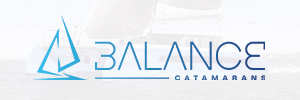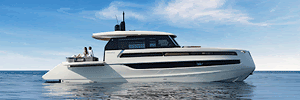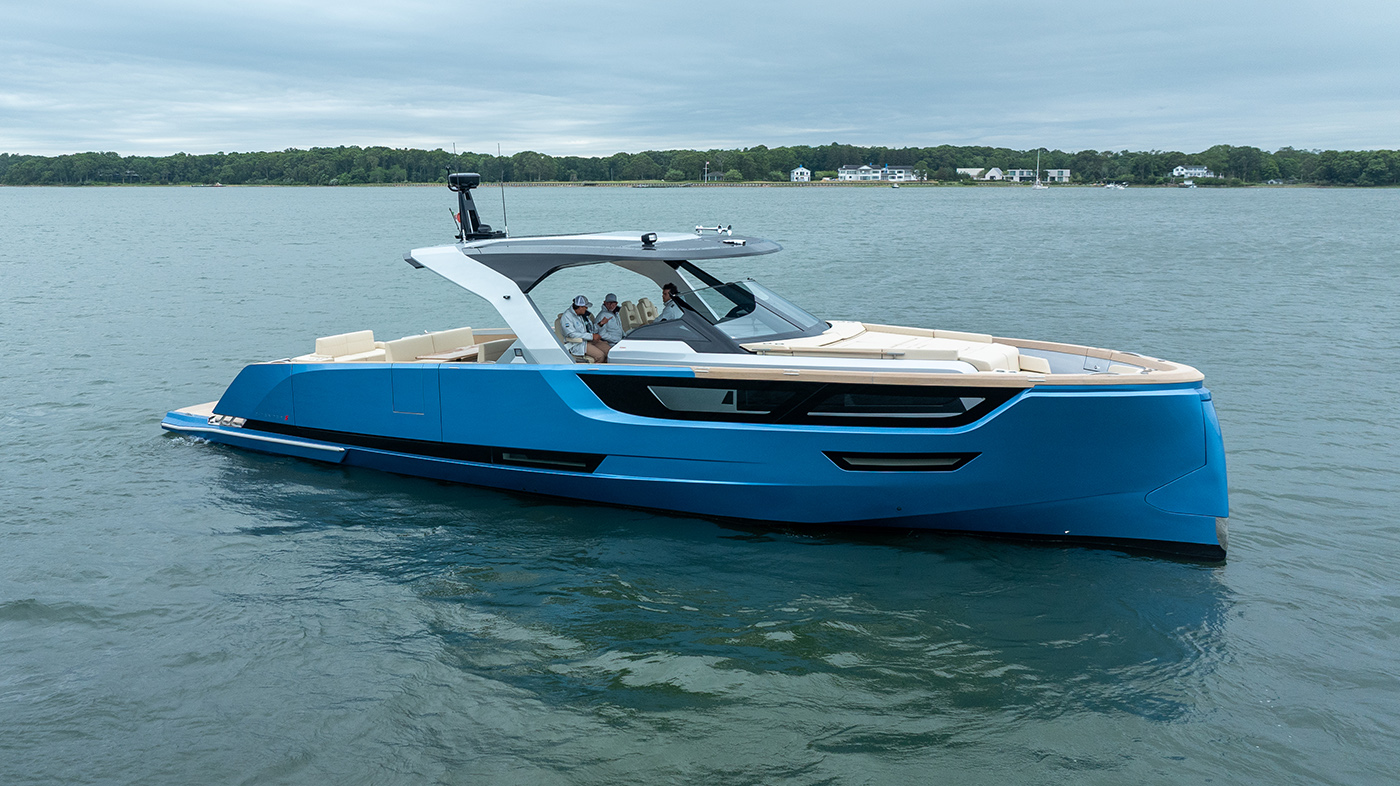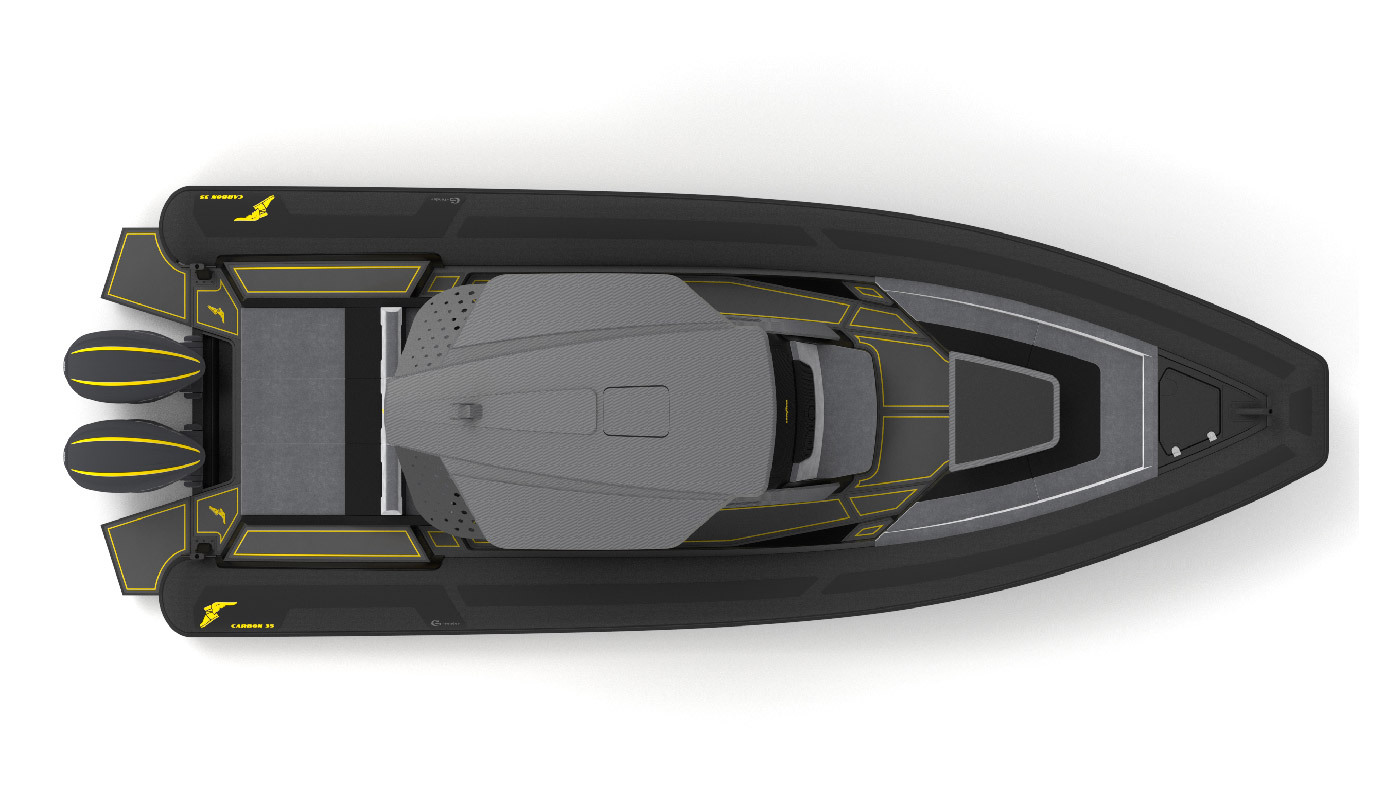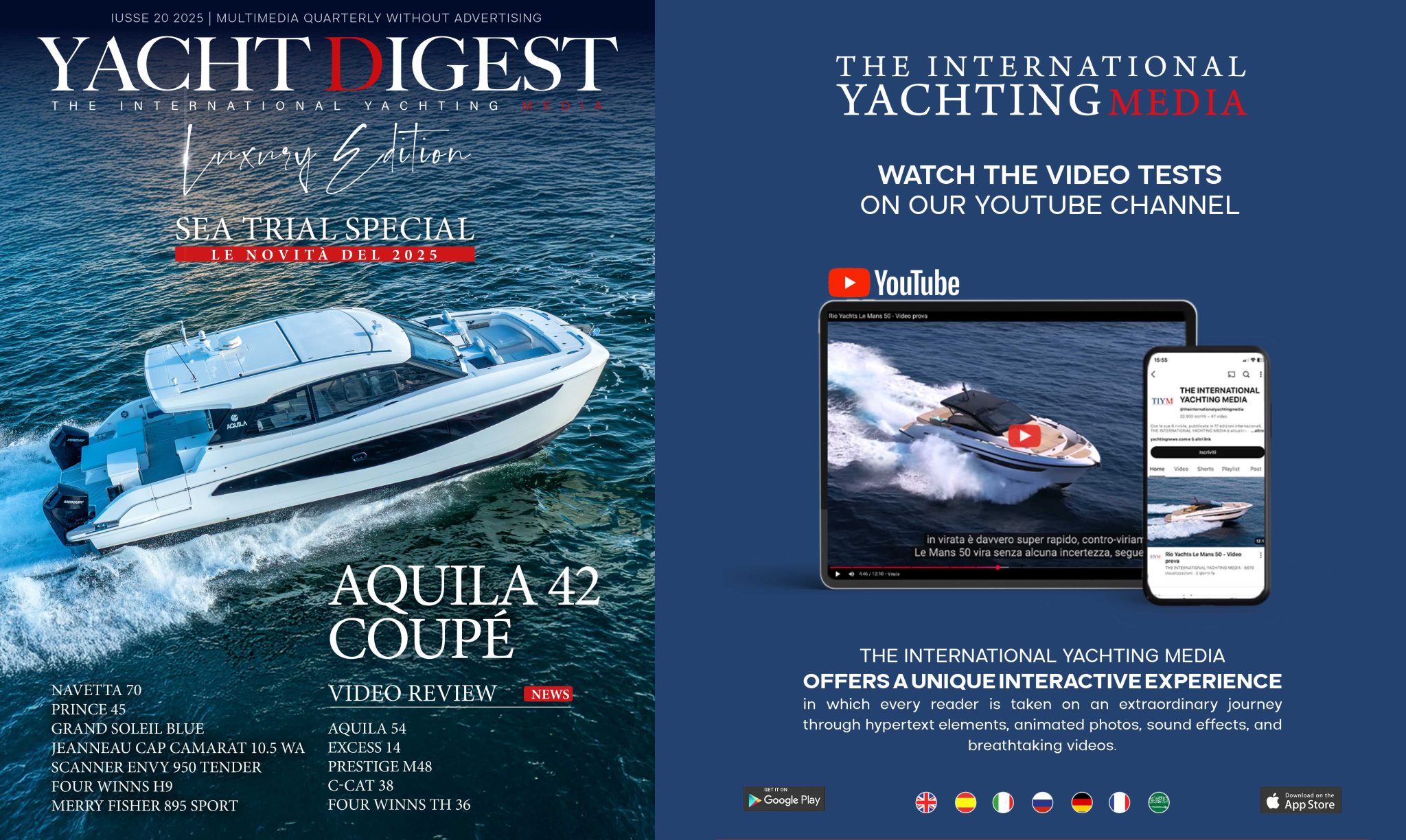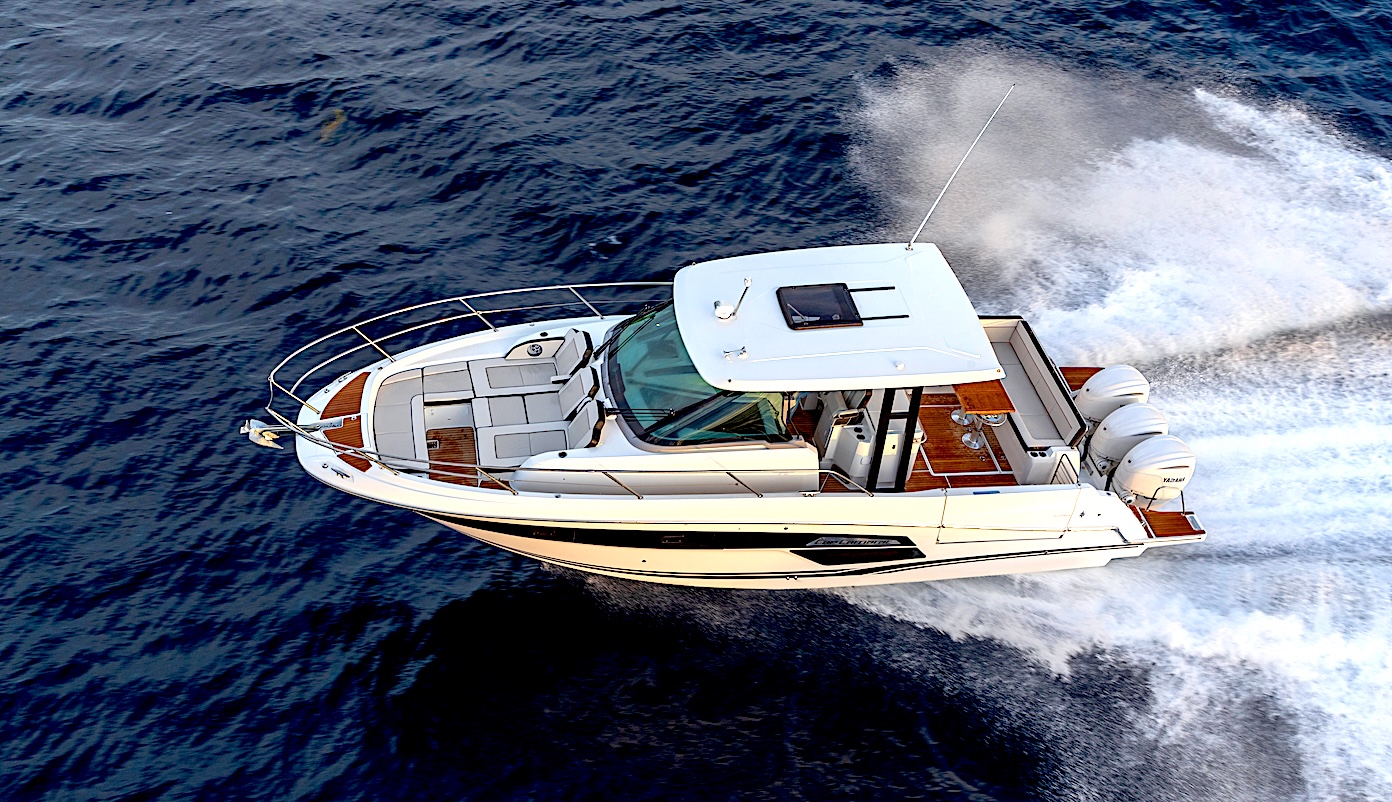Leggi l’articolo in italiano
During Jeanneau’s annual Press Meeting there was a great curiosity about the launch of the new models, especially motorboats. But, to tell the truth, most of attention was payed towards something smaller and maybe actually innovative. It’s called Sail Assisted Trim
Before giving an answer, let’s explain its basic principles. It was developed with Harken over a two-year period of preparation and tests aboard a Sun Odyssey 519 ( 12 metres long). AST must be developed on each single boat by considering its sailing area, the length of sheets and straightening.
AST was created by Harken in collaboration with an Italian company specialised in industrial automation and it is physically made up of something similar to a plotter which must be placed on the rudder column. Its display shows the device status, the settings and operations to do. Buttons are traditional and laterally placed.
AST must be used together with Harken Rewind winches, launched some years ago and able to assist hauling and easing. Even before activating the automatic setting system, AST is useful because it allows to control three winches and all sheets: an “operative control unit” from which the helmsman can ease or haul the mainsail and genoa easily and without abandoning his post.
AST must work in collaboration with the on-board equipment, in our case a Raymarine one, but it is absolutely multibrand: through a NMEA 2000 connection it speaks the language of all producers. The picture above shows the basic display of the device.
Once the automatic setting function is activated and we have decided our route and set our sails, winches acquire our sheets and electric engines move independently or according to route or wind variations. Of course, the system is not able to indicate the initial right setting and this task concerns the captain. Every new manual setting using buttons represents a new “zero” for the system.
The second automatic setting system acts according to the swerving: by setting a desired corner in a very simple way (you only need to push a button and the inclination of that moment will be the reference) the sails will be eased or hauled in order to ensure the best stability. An inclinometer below deck, near the battery master switches, reads the swerving.
There is also a function to change direction automatically, with two options: by pushing a single button one time when you starts to turn (winches will work automatically and you can hold your hands on the wheel) because AST knows how many meters of sheet it must release or recover; or by pushing the relative buttons for all the turning duration. This last alternative make you remove your hands from the wheel but it allows to control better the load on the sheets.
In terms of safety, the device can be deactivated immediately through a very big and showry red emergency button next to the AST box. You can deactivate it with any button on the console or you can intervene on single winches (through their actuators or manually).
In terms of absorption, we certified that the indicator still had 95% of charge after 5 hours of navigation. But much depends on sea and wind conditions. ” Everybody ask us if we consider some additional batteries – says Pietro Binda from Harken – but they aren’t necessary. Electric consumption is the same than when sails are on a sailor’s hands”.
In practice
AST is very easy to use even if the first impact with its monitor is a little surprising because of the amount of information it communicates. As usual, you must be patient to understand how the space where you have to move is arranged. But you only need few minutes.
We tested AST in extreme conditions, with a very rough sea and about 30/35 knots of wind, much more than the normal range considered by Harken (5-25 knots). Despite this, the system had a high performance. In these conditions, the limit is represented by instability: continuous gusts, swerving and route variations. Another problem is represented by wet sheets, the winch grip is different from the normal one.
All in all, the “ghost” who acquires our bout is efficient, the winch “gneek” follows the helmsman precisely and the virtual tailer is good. The veers impose to adapt to the hauling and easing speed and to turn with calm – not good in the conditions we met.
It’ s important to say that, as Harken specifies, AST in not a form of independent driving, the crew must be present and active since the first regulation. We can’t entrust our boat to it.
However, we can say that AST has a sense and a future. It finds its ideal declination when it works with the automatic pilot, on medium-big boats (and it’s not by chance that the next Jeanneau’s boat will be 64 feet), maybe with an autoturning jib, for transfers and long navigations.
The price? 15,000 Euros, not exaggerate if we consider that it includes three electric winches (each of which costs about 3,000 Euros). The total price of the boat is 257,000 Euros, VAT excluded.





